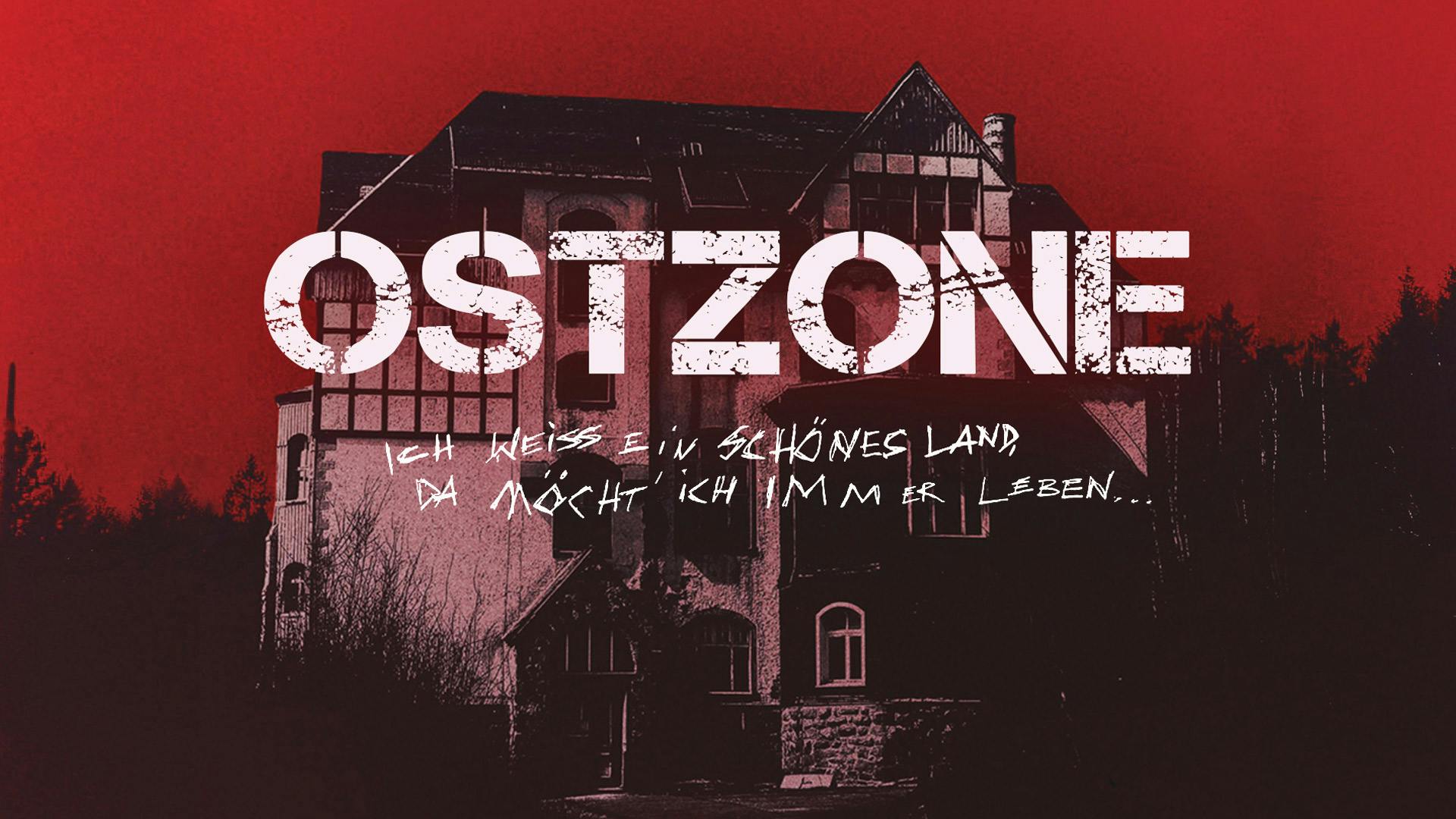The Grabowsee sanatorium, an abandoned lung sanatorium near Berlin, has a fascinating history that attracts both history buffs and fans of horror stories. This mysterious place has been given a new dimension of notoriety through its use as a film set for a horror movie, particularly the "Heilstätten" set in the "Eastern Zone". The unique atmosphere of the Heilstätte, characterized by dilapidated buildings and a haunting silence, makes it the perfect location for filming to learn how to be scary. In the rest of this article, we will take a detailed look behind the scenes: From the historical background of the Heilstätte Grabowsee, to the special challenges and interesting details of producing the horror film "Heilstätten", to the connection with other films and cultural events such as the "Monuments Men" and the fascination with Lost Places. We place a special focus on the stories and legends surrounding this fascinating film set and how they influenced the reception of the film.

Background information on the Grabowsee sanatorium
Historical significance
The Grabowsee sanatorium, founded in 1896 by the German Red Cross, was the first lung sanatorium in northern Germany. Originally conceived as an experimental facility, the aim was to research whether the air from the Mark Brandenburg pine forest had a similar curative effect to the air in mountainous or coastal regions. Until the outbreak of the Second World War, this historic site was primarily used to treat pulmonary tuberculosis.
Former use by the Red Army
After the Second World War, as a result of the Potsdam Agreement, the sanatorium fell into the hands of the Soviet occupation zone and was used as a military hospital from 1945 to 1992. Doctors and nursing staff came mainly from the Soviet Union, supported by GDR citizens for various auxiliary activities.
Condition of the buildings today
Since the withdrawal of the Soviet troops and the end of its use as a military hospital, the site has fallen into noticeable disrepair. Vandalism and theft have further worsened the condition of the buildings. Since 2005, the Kids Globe e. V. association has been working to secure the 30 or so remaining ruins, 15 of which are listed buildings. Despite these efforts, the future of the complex remains uncertain.
Production of the film 'Heilstätten' and the special features
Director and main actor Michael David Pate, known for his versatile directing work, took over the direction of the film "Heilstätten". He was supported by a talented cast, including Sonja Gerhardt and Tim Oliver Schultz, who had already proven their acting strength in previous projects. Their experiences contributed significantly to the authenticity of the film.
Film concept and plot "Heilstätten" is set in an abandoned sanatorium where a group of teenagers decide to investigate the rumors of paranormal activity. Equipped with cameras, they begin to broadcast their experiences live, unaware that they will soon come up against a gruesome reality. The film combines elements of the found-footage genre with shocking twists that will keep viewers gripped until the very end.
Filming on location
Filming mainly took place in the remote Grabowsee sanatorium, which offered an eerie atmosphere due to its isolated location and the surrounding woods. The team used original medical props and designed the rooms with details such as bloodstained medical records to create an oppressive mood. The challenge of the cold and unheated rooms in February and March was overcome by the creative use of the location and the support of Medienboard Berlin-Brandenburg.
Connection to other films and cultural experiences
The Grabowsee sanatorium has not only played a role in horror film production, but also as a location for important historical films. Of particular note is the filming of "Monuments Men", in which the site was used to depict important war scenes. George Clooney and his team appreciated the authentic atmosphere of the sanctuary, which made it possible to realistically recreate the dramatic rescue of art treasures during the Second World War.
In addition to "Monuments Men", the sanctuary also served as the backdrop for the film "Grzimek", which sheds light on the life of the famous animal researcher Bernhard Grzimek. The production even brought two elephants and a tiger to the site, transforming the Grabowsee sanatorium into an exotic filming location for a short time. This diverse use shows how the location continues to inspire filmmakers with its unique atmosphere and historic buildings.
Conclusion
The story of the Grabowsee sanatorium as the setting for the horror film "Heilstätten" is a fascinating example of how historical locations can be given new life through modern storytelling. The combination of creepy legends, a dark atmosphere and a tragic historical background has left an unforgettable impression on filmmakers and viewers alike. The behind-the-scenes insights reveal the challenges and creative solutions required to transform the sanctuary into a setting that perfectly captures the dark mood of the film.
The far-reaching implications of this production extend beyond mere entertainment. They shed light on the significance of abandoned historical sites and encourage further research and preservation of such sites. The combination of history, culture and film production at the Grabowsee sanatorium not only offers exciting insights into the world of film, but also emphasizes the importance of preserving and appreciating historical heritage sites. Such projects make it clear that the past and its stories can continue to play a vital role in our present and future.